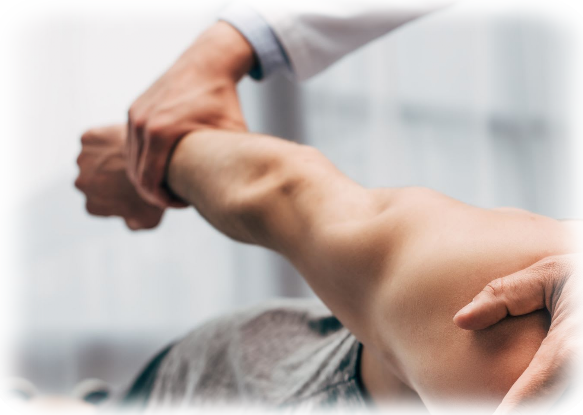


OSTEOPHATIC SESSION
Available in 50'
During your first osteopathy session, the osteopath will ask about your symptoms, general health and any other medicine or medical care you're receiving before carrying out a physical examination.
The osteopath will use their hands to check your joints and ligaments. You may also be asked to do some simple movements and stretches to check your posture and mobility, you may be asked to remove some clothing from the area being examined. If you feel uncomfortable, you do not need to do this.
An osteopath aims to restore the normal function and stability of the joints to help the body heal itself, they use their hands to treat your body in a variety of ways, using a mixture of gentle and forceful techniques.
Techniques are chosen based on the individual patient and the symptoms they have reported. These include, Massage, Stretching, manipulation of the spine, thrusts – short, sharp movements to the spine, which may produce a popping noise similar to cracking your knuckles.
These techniques aim to reduce pain, improve movement and encourage blood flow.
Osteopathy is not usually painful, although it's not unusual to feel sore or stiff in the first few days after treatment, particularly if you're having treatment for a painful or inflamed injury.
Your osteopath will explain what they're going to do and if you're likely to have any reactions. If you feel any pain during or after treatment, or have any concerns, tell your osteopath.
You may be given advice on self-help and exercise to aid your recovery and prevent symptoms returning or getting worse.
In general, the first appointment will last about 45 minutes to 1 hour. Further treatments last around 30 minutes. Your course of treatment will depend on your symptoms.
- Arthritis
- Foot, ankle, hip, and knee pain
- Back pain, neck pain, and sciatica
- Hand, shoulder, and elbow pain
- Headaches
- Postural problems due to pregnancy, sports injury, driving or work strain, or digestive issues
- Neuralgia

